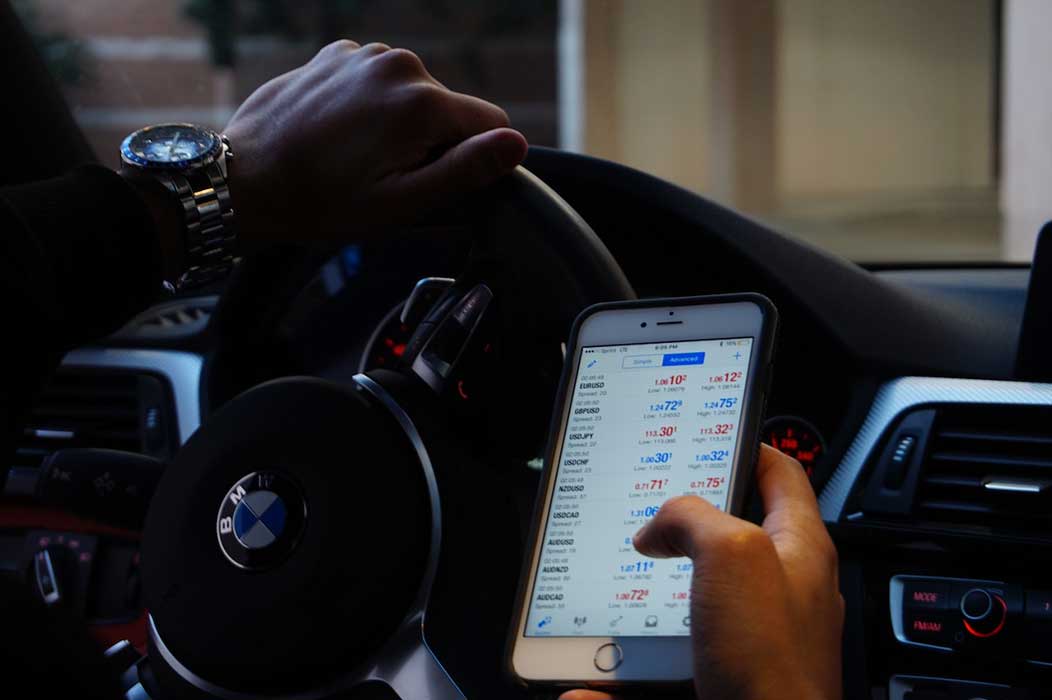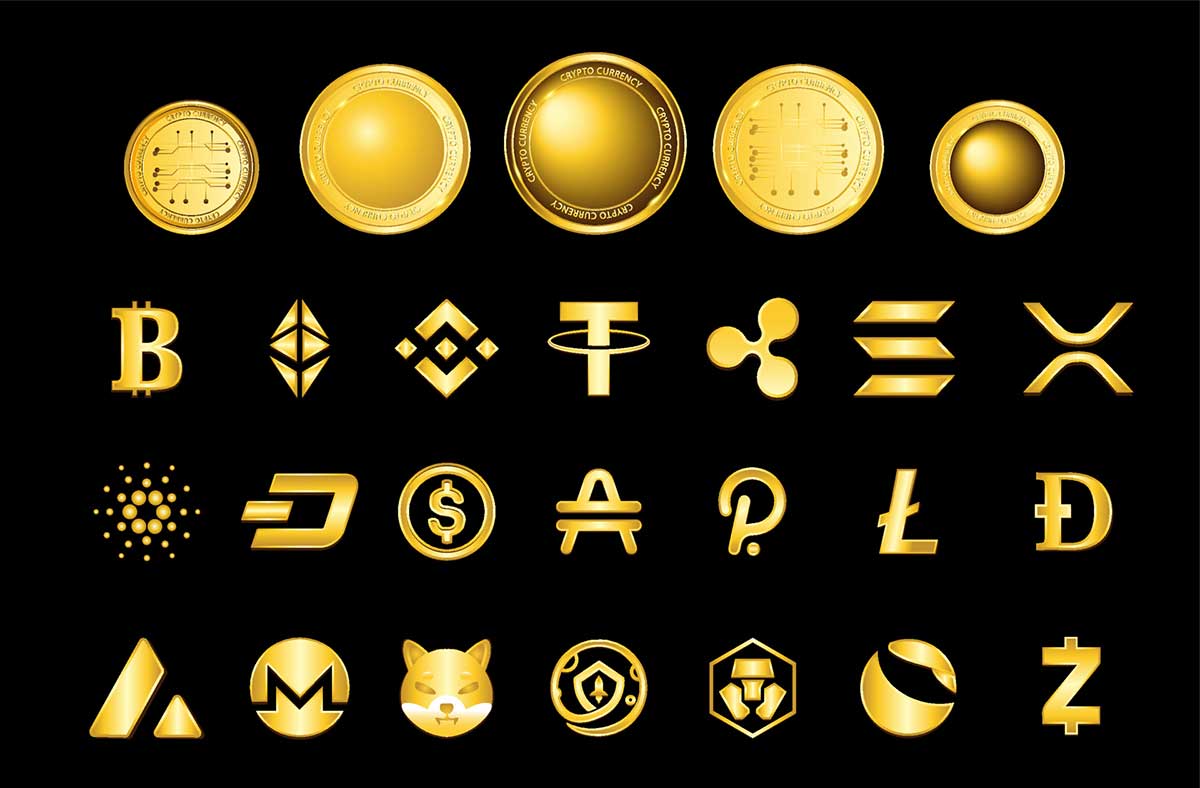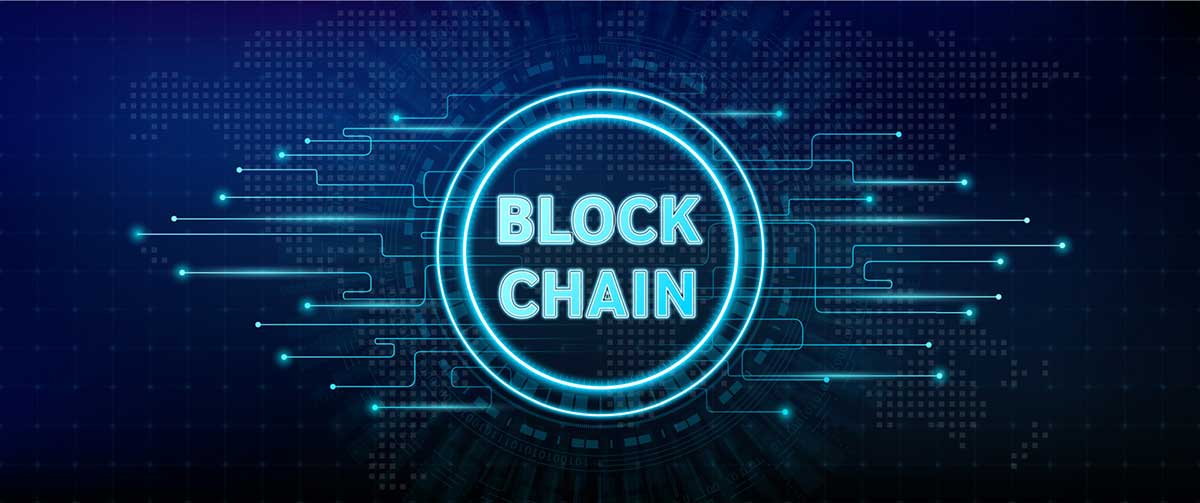How to Access Blockchain: A Step-by-Step Guide.
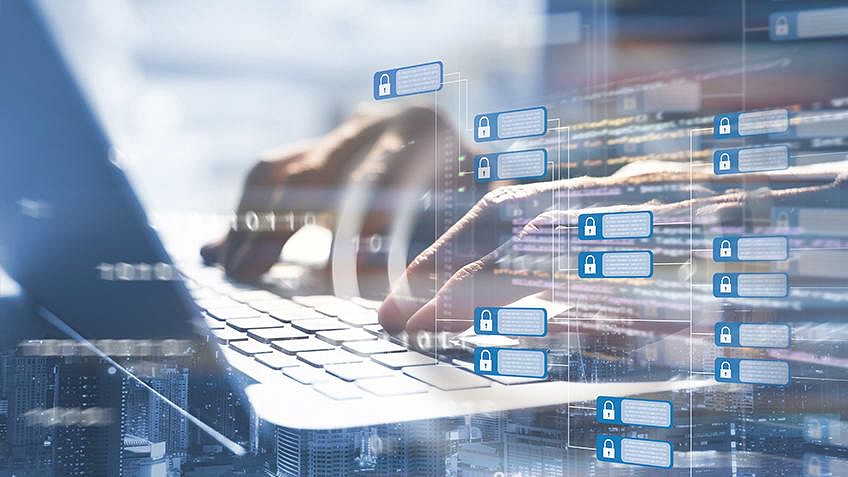
Accessing blockchain requires a digital wallet and internet connection. To access blockchain, create a digital wallet and connect to the internet.
Blockchain is a decentralized, digital ledger that records transactions on thousands of computers worldwide. This technology enables secure, transparent and immutable transactions without the need for intermediaries such as banks or government institutions. Accessing blockchain requires a digital wallet, which acts as a storage for users’ private keys and enables them to transfer and receive cryptocurrencies.
The digital wallet can be downloaded from various providers including exchanges, hardware wallets, and software wallets. Once the wallet is set up, users can connect to the internet and browse blockchain’s network through a node or blockchain explorer. By accessing blockchain, users can view transaction histories, track their cryptocurrency balances, or even participate in decentralized applications and smart contracts.
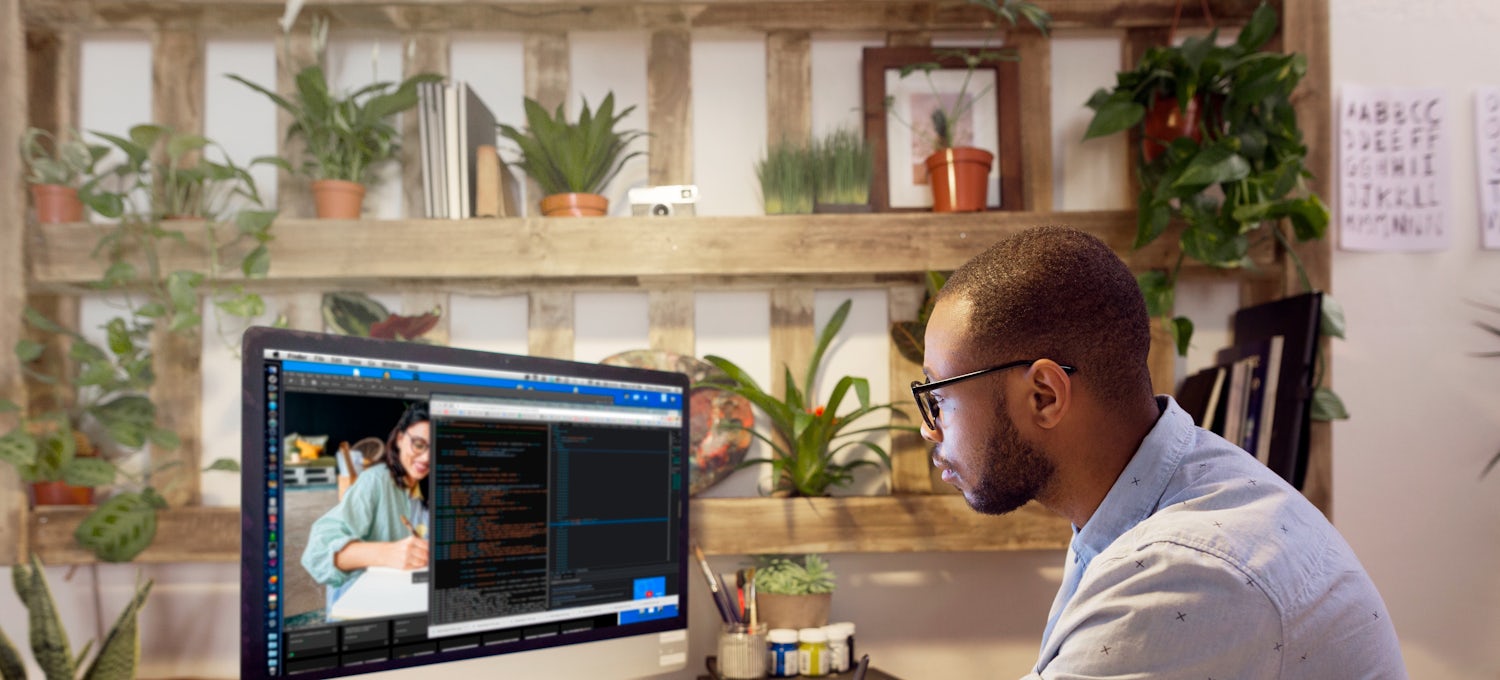
Credit: www.coursera.org
Familiarizing Yourself With Blockchain
Blockchain technology has transformed the way we conduct business and exchange information online. It is a decentralized technology that allows digital information to be encrypted and secured, making it almost impossible to hack or modify. In this section, we will discuss the basics of blockchain technology and the different types of blockchain networks.
Understanding The Basics Of Blockchain Technology
Here are a few key points to help you understand the basics of blockchain technology:
- Blockchain is a decentralized system that is open for anyone to participate in, making it transparent and secure.
- It is made up of blocks of encrypted data or information that are linked together like a chain.
- The data in each block is cryptographically secured, making it impossible to modify or hack.
- The blocks are stored in a distributed ledger, ensuring that no central authority controls it.
- Blockchain technology allows for secure and efficient transactions without a middleman or intermediary.
Types Of Blockchain Networks
There are different types of blockchain networks, each with its own unique characteristics. Here are a few examples:
- Public blockchains are open for anyone to join and participate in. They are fully decentralized and transparent.
- Private blockchains are for authorized users only and are usually owned by a single organization. They are more centralized than public blockchains.
- Consortium or federated blockchain networks are a hybrid of the public and private blockchain networks. They are partially decentralized and are owned by multiple organizations.
Public Vs. Private Blockchains
Let’s take a closer look at the differences between public and private blockchains:
Public blockchains:
- Open to anyone to participate in
- Fully decentralized and transparent
- Anyone can create transactions and validate blocks
- Slower transaction speeds and higher costs due to the consensus mechanism
Private blockchains:
- Restricted to authorized users only
- More centralized than public blockchains
- Transaction speeds and costs are faster due to the consensus mechanism
- Only authorized organizations can create transactions and validate blocks
Pros And Cons Of Blockchain
Like any technology, blockchain has its pros and cons, and it is essential to weigh them before adopting it. Here are a few pros and cons of blockchain technology:
Pros:
- Decentralized and secure
- Efficient and transparent
- No middleman required
- Improves trust and reduces fraud
Cons:
- Scalability and speed issues due to consensus mechanism
- High energy consumption
- Blockchain regulations are still developing
Blockchain technology is transforming how we conduct business and exchange information digitally. Understanding the basics of blockchain technology, the types of blockchain networks, and their pros and cons, can help you make an informed decision as to whether blockchain is right for you.
Preparing To Access Blockchain
Blockchain technology has gained significant attention in recent years, and accessing it has become an essential skill in various industries. However, accessing blockchain can sometimes be daunting. This guide provides a comprehensive approach to help you prepare to access blockchain.
Before we dive into the details on how to access blockchain, let’s first understand some factors to consider.
Determining The Reason For Access
It’s crucial to identify why you want to access blockchain. Answers to questions such as what information are you trying to store, and what do you intend to do with it after storage can provide insight into the type of blockchain platform you’ll need.
As you determine your goals, consider whether you need access to private or public blockchain, or whether you need to access blockchain for payment and financial transactions or to implement a smart contract system. Understanding your purpose for accessing blockchain is essential in knowing which blockchain platform to choose.
Choosing The Right Blockchain Platform
The blockchain platform choice depends on your objectives. The three major blockchain platforms include ethereum, bitcoin, and hyperledger. Ethereum is a public blockchain platform that enables developers to create decentralized applications and smart contract systems. Bitcoin is a cryptocurrency that utilizes a public blockchain for conducting financial transactions.
Hyperledger is a private blockchain platform that boasts a high level of security ideal for businesses that need to conduct transactions privately. Choosing the right blockchain platform will ensure that you achieve your objectives effectively.
Creating A Wallet
Once you’ve determined the reason for accessing blockchain and the platform to utilize, the next step is creating a wallet. A wallet stores your private and public keys, allowing you to receive, store and transfer cryptocurrency. There are two types of wallets: hardware and software.
A hardware wallet stores your funds offline, while a software wallet is web-based or mobile. Hardware wallets are more secure in that they store your keys offline, unlike software wallets, which rely on an internet connection. As you create a wallet, ensure that you follow best practices for security.
Basic Security Measures
Securing your wallet and your funds on the blockchain is an essential step in preparing to access blockchain. This step includes setting a strong password for your wallet, enabling two-factor authentication, and regularly updating your wallet software. Additionally, avoid opening suspicious emails or links, and only use trusted wallets and blockchain platforms to avoid exposing your wallet’s private keys to malicious actors.
Accessing blockchain requires a proper understanding of the technology, choosing the right platform, and taking basic security measures to safeguard your wallet and your funds. By following these tips, you’ll be on your way to accessing blockchain with confidence.
Accessing Blockchain
Blockchain technology has transformed the financial industry, creating a decentralized way to store information and execute transactions. If you’re interested in accessing blockchain technology, here’s a step-by-step guide to get started.
Installing A Blockchain Wallet
The first step in accessing blockchain is installing a blockchain wallet. This wallet will allow you to store and manage digital assets, including cryptocurrencies.
- Research and compare different blockchain wallets to find one that meets your needs and preferences.
- Download and install the chosen wallet on your device.
- Create a backup of your wallet’s recovery seed phrase, which is a series of words that can be used to recover your wallet if necessary.
Creating An Account And Setting Up A Password
Once your blockchain wallet is installed, you’ll need to create an account and set up a password to secure your wallet.
- Follow the wallet’s instructions to create an account. This may involve providing personal information, such as your name and email address.
- Choose a strong password that includes a mix of letters, numbers, and symbols.
- Enable two-factor authentication for added security, which will require a code sent to your phone or email before you can access your wallet.
How To Acquire Blockchain Assets
With your blockchain wallet set up, you can acquire blockchain assets, including cryptocurrencies, through various methods.
- Purchase cryptocurrencies through a cryptocurrency exchange, which require verification and may charge fees.
- Receive cryptocurrencies as payment for goods or services, which can be done through a merchant processor.
- Participate in cryptocurrency mining, which requires technical knowledge and specialized hardware.
Buying And Selling Cryptocurrencies Using Blockchain
Once you have acquired cryptocurrencies, you can start buying and selling them using blockchain technology.
- Use a cryptocurrency exchange to buy and sell cryptocurrencies.
- Set a limit order to buy or sell cryptocurrencies at a specific price.
- Use a stop-loss order to limit the amount of loss you may experience if the value of the cryptocurrency drops.
- Keep track of your transactions using your blockchain wallet’s transaction history.
How To Use Blockchain For Transactions
Blockchain technology is not limited to cryptocurrencies. You can also use blockchain for various transactions, such as buying goods and services.
- Look for merchants that accept cryptocurrencies as payment and make a purchase using your blockchain wallet.
- Check if a merchant has a qr code that allows you to scan and transfer cryptocurrencies for payment.
- Use a peer-to-peer trading platform to buy or sell cryptocurrencies directly with other users.
Accessing blockchain technology is easy with the right tools and know-how. Follow these steps to get started on your blockchain journey today!
Advanced Blockchain Access
Blockchain technology is expanding at a rapid pace, and advanced blockchain access requires in-depth knowledge of the blockchain. Interacting with smart contracts, blockchain upgrades and forks, mining blocks, and developing decentralized applications (dapps) are essential components of advanced blockchain access.
Let’s dive into these concepts and understand how to access the blockchain step-by-step.
Interacting With Smart Contracts
Smart contracts are vital to blockchain technology and are self-executing contracts with the terms and conditions of the agreement directly written into code. These smart contracts automatically execute when certain requirements are met.
To interact with smart contracts, the following steps should be taken:
- Choose a blockchain that enables the use of smart contracts.
- Install a wallet that supports smart contracts.
- Deploy a smart contract using a compatible programming language such as solidity, vyper, or bamboo.
- Interact with the smart contract by executing its functions through the user interface.
Blockchain Upgrades And Forks
Hard forks refer to a blockchain’s permanent divergence, resulting in a new blockchain due to inconsistencies in code. Soft forks, on the other hand, create backward compatibility in code with the existing blockchain. It’s important to understand the implications of each, as they affect the blockchain’s stability and security.
To upgrade or fork a blockchain, the following steps should be taken:
- Identify the proposed changes in the code and how they affect the blockchain.
- Engage with the blockchain community to get feedback on the proposed changes.
- Launch a test network that simulates the proposed changes to test and debug.
- Implement the changes into the main network and sync all nodes with the updated code.
Mining Blocks
Mining is the process of adding records of transactions to the blockchain’s public ledger. It’s a crucial component that ensures the blockchain is secure and decentralized. Miners are rewarded with cryptocurrency for maintaining the blockchain network through mining.
To mine blocks, the following steps should be taken:
- Choose a blockchain with a mining protocol.
- Set up a node on the network and download the blockchain’s client software.
- Join a mining pool or start solo mining by dedicating computing power to solve complex mathematical problems.
- Once the mining algorithm is solved, the new block is added to the blockchain.
Developing Decentralized Applications On Blockchain
Decentralized applications (dapps) are applications built on a blockchain network that run on a peer-to-peer network instead of on a centralized server. These dapps are more secure and have the potential to disrupt multiple industries due to their decentralized nature.
To develop dapps on blockchain, the following steps should be taken:
- Research the blockchain’s compatibility with decentralized applications.
- Choose a compatible programming language to develop the dapp.
- Interact with the smart contract to create tokens for the dapp.
- Deploy the dapp on a blockchain network and test its functionality.
Advanced blockchain access requires in-depth knowledge of the blockchain’s workings, including interacting with smart contracts, blockchain upgrades and forks, mining blocks, and developing decentralized applications on the blockchain to create real-world use cases.
Frequently Asked Questions Of How To Access Blockchain
How Does Blockchain Work?
Blockchain is a decentralized digital ledger that records transactions across several computers in a secure, verifiable, and tamper-proof way. Each transaction is verified by network nodes before being added to the blockchain. The system uses cryptographic hashes to provide transparency, confidentiality, and integrity.
What Are The Benefits Of Blockchain Technology?
Blockchain technology offers several benefits, including decentralization, transparency, security, immutability, speed, and cost savings. It eliminates intermediaries, reduces fraud, enables peer-to-peer transactions, and enables new business models. It is used in various industries such as finance, healthcare, logistics, and real estate.
How Do I Access Blockchain?
To access the blockchain, you need to set up a digital wallet or use a cryptocurrency exchange that supports the specific blockchain protocol you want to use. You can also participate in mining or staking to earn cryptocurrency rewards. You can access blockchain-based applications through web browsers or mobile apps.
Is Blockchain Technology Secure?
Blockchain technology is highly secure due to the use of cryptographic algorithms and decentralized network architecture. It is virtually impossible to hack or alter data stored on the blockchain due to the consensus mechanism that requires approval from network participants.
However, smart contract vulnerabilities and social engineering attacks on users’ private keys or wallets can pose a risk.
What Is The Difference Between Public And Private Blockchains?
Public blockchains are open to anyone and allow for anyone to join or read the network. They have no central authority and enable peer-to-peer transactions. Private blockchains are restricted to authorized members and are centrally controlled. They are used for internal purposes, such as supply chain management or privacy-focused applications.
Conclusion
Now that you’ve reached the end of this blog post, it’s clear that blockchain technology is becoming increasingly important across various industries. However, getting started with blockchain can be overwhelming, especially for those who are not tech-savvy. The good news is that there are many resources available that simplify the process of accessing blockchain.
By following the steps outlined in this blog post, you can begin exploring this transformative technology in no time. Remember that the key to success with blockchain is to stay informed and educated about the latest developments, stay up to date with the trends and best practices, stay connected with the community, and experiment with different use cases.
By doing so, you can reap the benefits of blockchain, including increased transparency, security, efficiency, and trust. So, take the first step today and start exploring blockchain!





